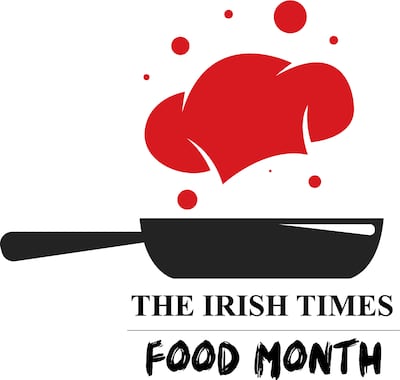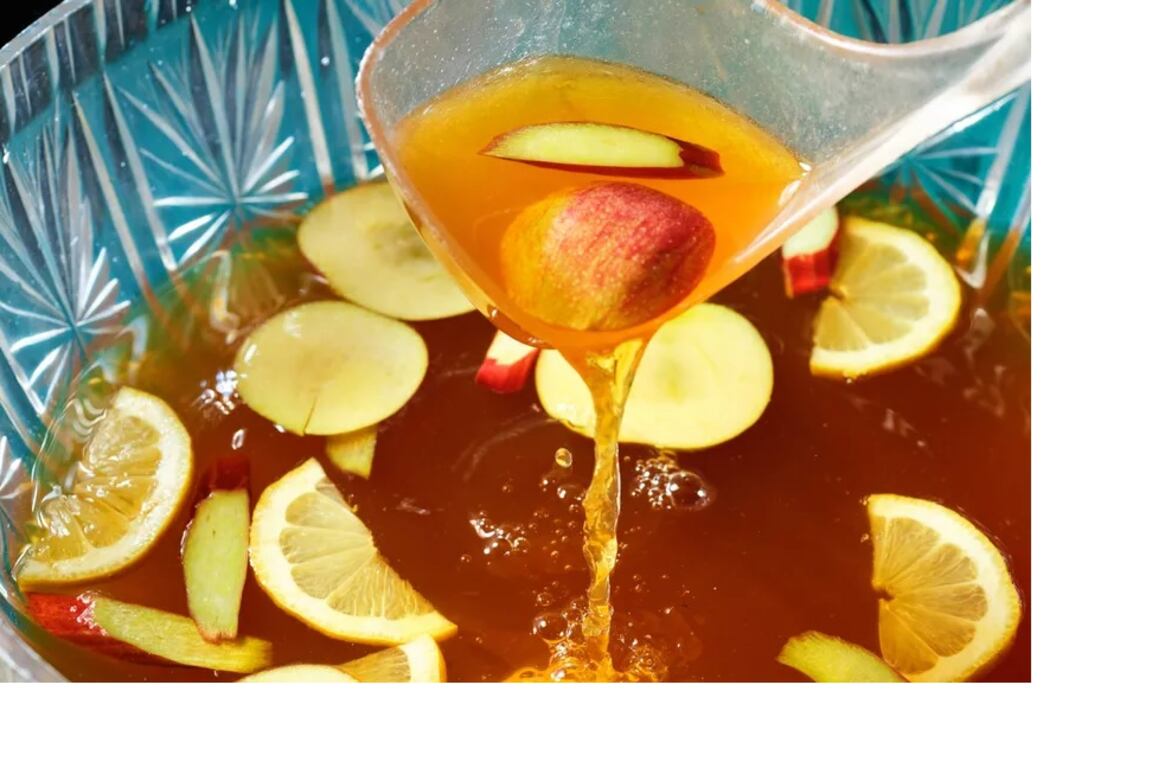In an age of sensory overload, literature has found a way to cut through the noise and appeal to our most primal instinct: hunger. Recently, a surge of novels has emerged in which food is not a backdrop but a central character – a catalyst for transformation, a mirror reflecting identity, and a conduit for exploring desire, loss and self-discovery.

Sarah Davis-Goff, co-founder of the Irish publisher Tramp Press notes the joy she finds when food appears in literature. “It’s a little like clothes or the architecture of a space; it does so much heavy lifting in terms of sensation, placement and even character,” she says. “Knowing what’s in a person’s fridge is as interesting and illustrative to me as knowing what’s on their bookshelves.”
In 1983, Nora Ephron published her seminal debut novel Heartburn. Ostensibly, it’s a book about a food writer navigating the end of a marriage through recipes, but really, it’s a roman-à-clef about the dissolution of her relationship with journalist Carl Bernstein.
In Heartburn, as in life, food is many things: a constant, a salve, a memory, a mark of class and identity, a metaphor, a punchline, and, most memorably, a literal weapon. The food and recipes in Heartburn help tell us who our protagonist is and what other characters are not. She decimates her husband’s mistress when she writes: “Thelma Rice really didn’t care about food – that was clear from her gluey puddings.”
READ MORE
[ A new history of Irish food offers rich pickingsOpens in new window ]
Since Heartburn, readers can find the most compelling and evocative food writing in literary fiction. Though Ephron didn’t put this trick in the writer’s handbook (classic 19th-century novels often included three meals a day), there’s something about the current wave of fiction that feels especially attuned to the alchemy of food.
In Sally Rooney’s work, food is served as a shorthand. Connell in Normal People is described at one point as a “milk-drinking culchie”. Rooney’s prose is colloquial and precise. More recently, in Intermezzo, Rooney’s prose finds unusual potency in the modest presence of “a stick of butter”.
There’s a point when Ivan, one of the novel’s protagonists, “heats some butter in a frying pan, beats the eggs with a fork” as Naomi showers in the next room. The “whitish foam of frying butter” and the “soft sizzle of the dipped bread” could be pulled from any Irish kitchen and conjure a comfort that offsets the character’s existential drift. Butter is mentioned 14 times in this passage.
While Rooney’s food scenes are often understated, Lottie Hazell’s novel Piglet takes a more vivid and visceral approach. The cover – a greasy, decadent burger – tells you immediately that you’re in for something indulgent and messy. Hazell introduces us to a protagonist whose appetite is the engine that drives the narrative forward. The eponymous Piglet (a childhood nickname that refuses to be left behind) finds herself at the edge of a carefully curated life with ravenous, unfulfilled hunger. The story takes readers through her descent into pure indulgence as her impending marriage dissolves days before the wedding. Piglet dives headlong into excess, feasting on everything, tangible emotions spilling from her psyche.

[ Irish Food History, A Companion: An 850-page serving that leaves you wanting moreOpens in new window ]
Hazell doesn’t just write about food; she writes with food. The imagery is tactile and lavish as if Piglet’s turmoil is seasoning itself. In one particularly memorable moment, she orders “one of every burger” on the menu, relishing the disapproving stares of onlookers as she moves each burger “through the air, feeling the solidity of the battered chicken, the crunch beneath the brioche bun, and barbecue sauce dribbled from her wrist to her elbow”.
Later, in the chaos of her kitchen, Piglet prepares an “espresso semifreddo” with caramel and praline shards, a recipe she knows is laborious yet insists on tackling. This dessert is painstakingly composed as she crafts a lifeline for herself amid the turmoil. In the heat and clatter of cooking, Hazell captures Piglet’s struggle to define her identity through each dish she creates, illustrating how food can be at once solace and resistance. Here, Hazell brings to life the act of eating and the politics and power embedded in food.
This is a novel that uses gourmand food as a device to explore sexuality and violence in a provocative study of female desire
Similarly, Lara Williams’s Supper Club delves into the transformative power of communal eating. The protagonist, Roberta, is a millennial navigating the isolating landscapes of modern work and life, filling her self-created isolation with elaborate cooking experiments that she often throws away because they will add inches to her waistline. Then she meets Stevie, and together, they form a secret society where women break into buildings at night to indulge in hedonistic feasts.
“What could violate social convention more than women coming together to indulge their hunger and take up space?” Roberta muses. The supper club becomes a radical group, devouring societal expectations, reclaiming their bodies and appetite in a world that wants them to shrink. The gatherings are wild, cathartic and messy – food fights, themed costumes, dancing and all the glorious chaos that comes from letting go of restraint. The fictional food, in this context, is a way to assert a defiant female identity.
Pushing the boundaries even further is Chelsea G Summers’s A Certain Hunger. This is a novel that uses gourmand food as a device to explore sexuality and violence in a provocative study of female desire. The protagonist, Dorothy Daniels, is a food critic who also happens to be a cannibalistic serial killer. She seduces (mostly rich) men, murders them and then prepares gourmet meals from their remains.
Bon Appetit described it as “American Psycho meets Ruth Reichl’s Save Me the Plums.” While the premise is undeniably dark, Summers uses it to dissect societal taboos around women’s appetites – both culinary and sexual. Dorothy’s elaborate preparations of dishes like “braised butt cheeks” or pâté spread on “Tuscan toast” made from “a lover’s liver” are grotesque yet compelling. The prose forces readers to confront their discomfort with a female hunger that is relentlessly all-consuming.
Summers’s writing is Ginsu knife-sharp in challenging female stereotypes. Dorothy embraces her desires in the most extreme way possible. Food in her hands transforms into a vehicle for skewering power dynamics, control and the often-blurred lines between pleasure and pain.
Each of these books joins an army of literary fiction using food as a device because, unlike novels, our thoughts don’t unfold in extended, introspective arcs
Melissa Broder’s Milk Fed offers a more introspective look at the quasi-sexual relationship between food, body image and spirituality. The protagonist, Rachel, is a 24-year-old woman battling an eating disorder fuelled by her fraught relationship with her mother. Her life takes a turn when she meets Miriam, a young Orthodox Jewish woman who works at her favourite frozen yoghurt shop and convinces her to cover her carefully calorie-counted regular order in “a pile of sprinkles”.
Miriam introduces Rachel to a world of sensuality and self-acceptance. As their relationship deepens, Rachel begins to question her entrenched restrictive eating habits but also her understanding of faith, desire and identity. With its self-loathing female narrator attempting to escape herself, and deadpan humour, the novel is in the vein of Ottessa Moshfegh’s My Year of Rest and Relaxation. But where Moshfegh’s protagonist lives to sleep, Broder’s anti-heroine lives to eat. Decadent, sweet and fattening foods – from doughnuts to duck sauce – are Rachel’s forbidden fruit.
“I didn’t trust myself to taste the fudge and let go,” Broder writes. Rachel’s hunger for sex and food are presented as inextricably bound, if not interchangeable. The taste experiences are described with an almost orchestral grandeur, making the ordinary act of eating feel profound.
Each of these books understands the universal power of food and infuses their text with it. Each of these books joins an army of literary fiction using food as a device because, unlike novels, our thoughts don’t unfold in extended, introspective arcs. In reality, our mental lives flicker by in brief flashes. However, this new wave of literature takes these fragments and stretches them over a longer span, creating a space where moments of insight, memory and emotion are given the time they deserve. No matter how much food and flavour a novel may serve up, though, it ultimately returns to being a book – a carefully crafted world, distinct from the haphazard course of life itself.
So why now? Perhaps it’s because, in an increasingly fragmented and digital world, food remains one of the last tangible connections we have – to our bodies, to each other and to our cultures. It’s a grounding force, a way to explore complex themes in a manner that’s accessible and relatable. We’re living in a time when everything feels uncertain, when connections are fraught and identities are in flux. Food offers a way to anchor ourselves to find moments of pleasure and meaning amid the chaos.
These narratives tap into a deeper cultural conversation about control, consumption and the ways we use food to navigate our identities. In a society obsessed with diet culture and body image, where food is often framed as the enemy or a guilty pleasure, these stories flip the script. They allow their characters to embrace their appetites without shame, to find power in indulgence rather than restraint.
More food for thought....
Books not included but brimming with food imagery include: Butter by Azako Yuzuki, Ghosts by Dolly Alderton, Sandwich by Catherine Newman, and Stonemouth by Iain Banks. Jhumpa Lahiri’s Mrs. Sen’s and Pachinko by Min Jin Lee also explore rich culinary moments, as do Robert B Parker’s Spenser mysteries, where Spenser’s cooking highlights his character. Other notable mentions are Sweetbitter by Stephanie Danler, Big Swiss by Jen Beagin and The Dinner Guest by Gabriela Ybarra. Literary classics such as Sentimental Education by Gustave Flaubert (featuring a memorable bechamel), Ian McEwan’s Saturday (with a therapeutic bouillabaisse scene) and Haruki Murakami’s various stir-fry scenes add to this tradition, alongside Maurice Sendak’s charming Chicken Soup with Rice.
Shamim de Brún is a Dublin-based freelance journalist

















